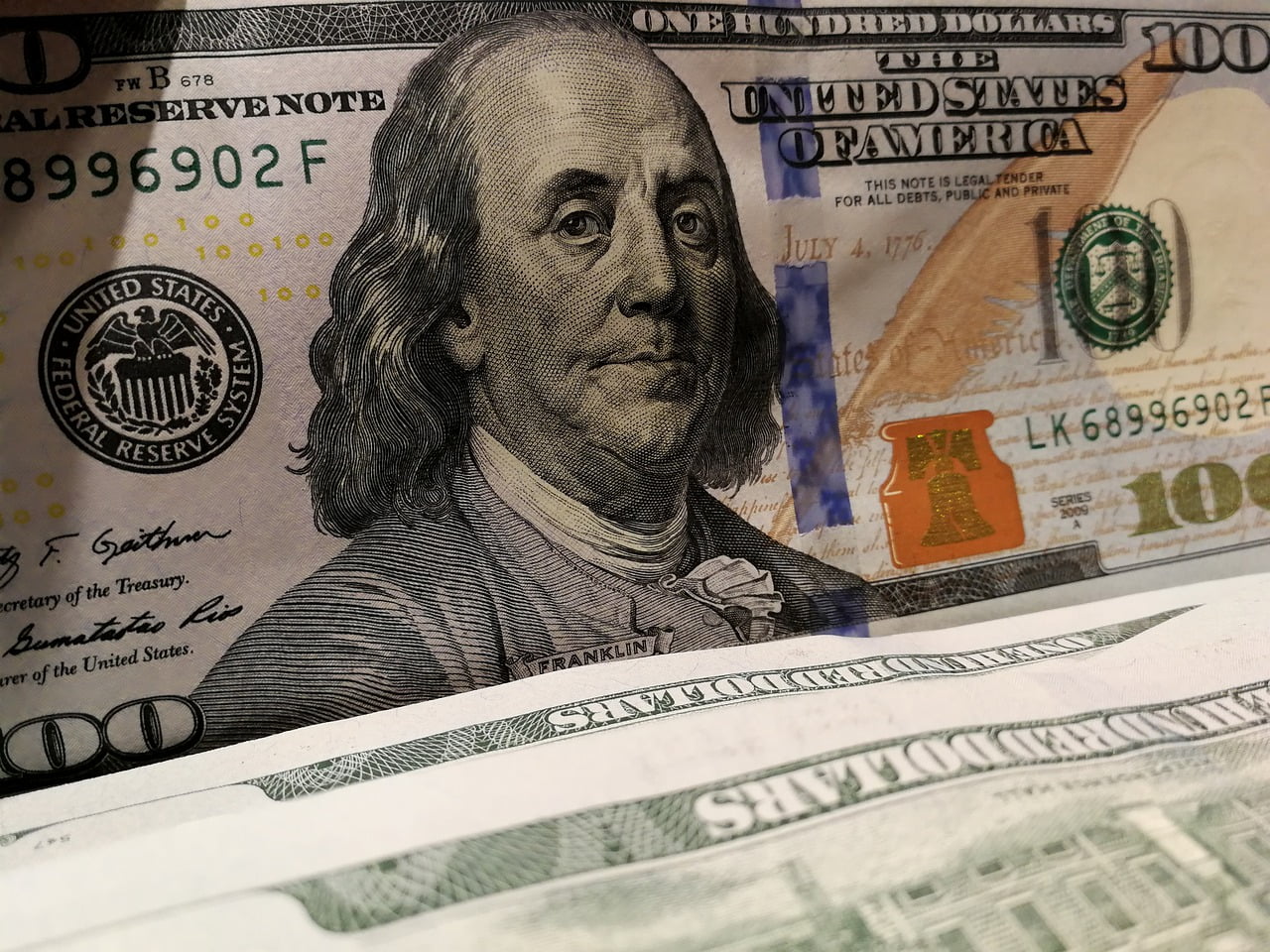There are two standard remedies for inflation in the economist’s tool kit. The Federal Reserve can slow the rate of growth of our nation’s money supply, while driving up interest rates. And the president and Congress can push down – or even eliminate – the federal deficit.
Together, these two remedies will generally succeed in substantially lowering the rate of inflation. If the Federal Reserve officials, the president, and the members of Congress have the will, they could bring down our rate of inflation quite substantially by the end of the year.
Q2 2022 hedge fund letters, conferences and more
High Rate Of Inflation
Our inflation rate is currently as high as it’s ever been during the last forty years. We do have the tools we need to bring it down. So, what’s the problem?
The problem is that our economy appears to be slipping into a recession – the second one we might have since the beginning of this decade. Let’s very briefly consider the two standard cures for fighting recessions.
You probably have a good idea where this is going. To fight a recession, the Federal Reserve needs to raise the rate of growth of the money supply, while pushing down interest rates. And the president and Congress need to raise federal government spending while lowering tax rates, and thereby raising the deficit.
Our dilemma is obvious. Fighting a recession requires diametrically opposed solutions to fighting an inflation. This leaves us with the seemingly impossible task of employing these policies to fight both simultaneously.
The Worst Economic Downturn
Back in the early 1980s, we were confronted with an even more serious economic dilemma. When President Ronald Reagan took office in January of 1981, our annual rate of inflation had reached double-digit proportions. Simultaneously, we were sinking into the worst economic downturn since the Great Depression.
Paul Volcker, arguably the best Chair ever of the Federal Reserve Board, had just undertaken some draconian monetary measures to drastically reduce the annual rate of inflation. It fell from 13.3 percent in 1980 to just 3.8 percent in 1983. But this tremendous success came at a great cost – our nation’s worst economic downturn since the 1930s, with the unemployment rate reaching ten percent in 1982.
In the meanwhile, at President Reagan’s request, Congress passed the Kemp-Roth Act slashing our top personal income tax rate from 70 percent to just 28 percent, while sharply raising defense spending. This substantially raised the federal budget deficit.
There is no question that our economy is struggling today. Our inflation rate – which is approaching double-digits. And we may have already slipped into a recession, albeit an extremely mild one, largely invisible to nearly all Americans.
So, what do we need to do? Try to reduce the rate of inflation, head off the recession, or perhaps both? Given that most Americans have been much more adversely affected by the rising prices of gasoline, food, and other essential goods and services, while almost no one has felt the affects of the mild economic downturn, I think that fighting the inflation is clearly our first priority.
This will come in the form of further increases in interest rates and a slowing in the rate of monetary growth. As a secondary measure, we need to curb federal government spending, while imposing a moderate tax hike that paid for by the rich and super-rich and the largest and most profitable corporations. Once inflation is brought under control, we can worry about the recession that may or may not materialize.













